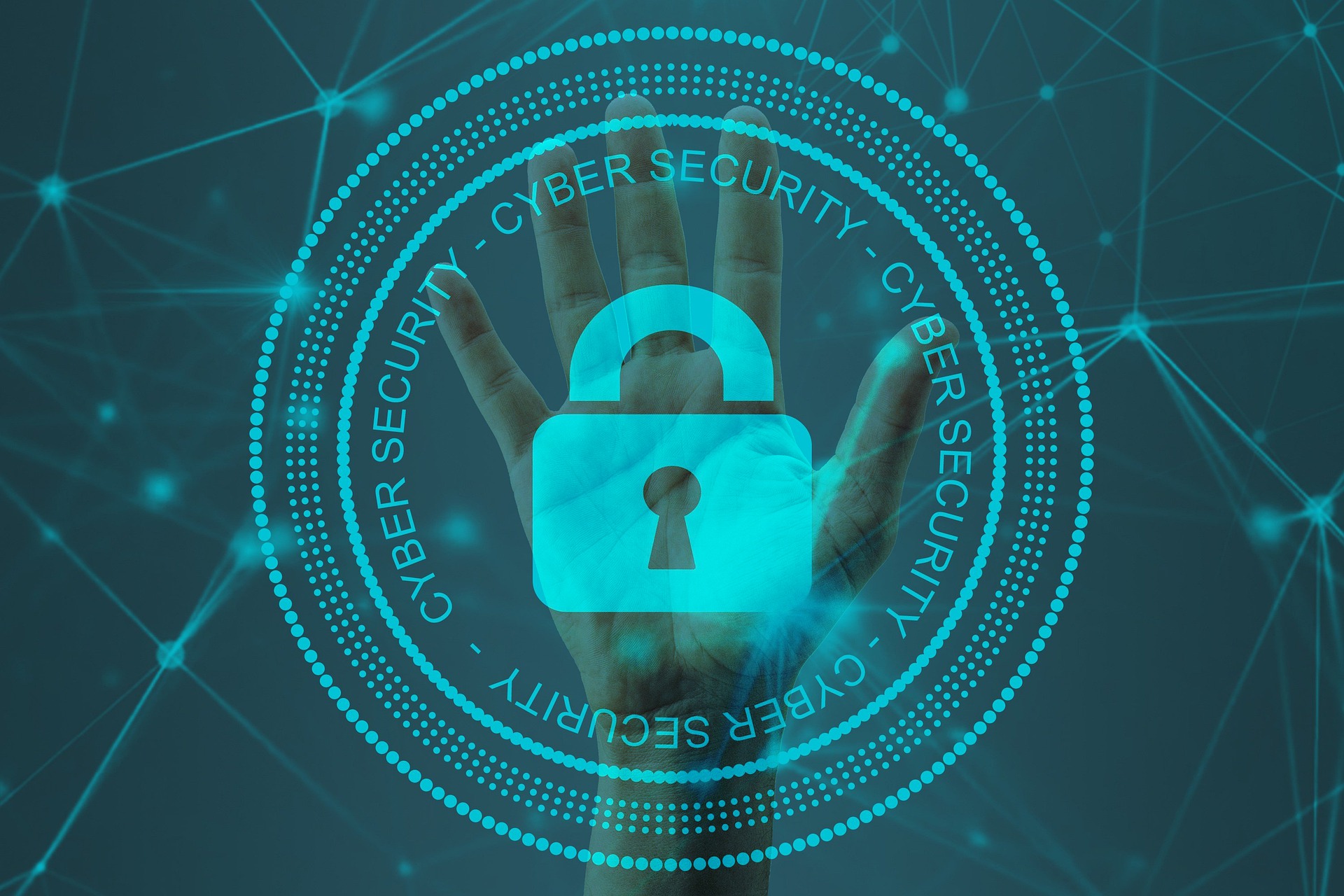
Cyber resilience is an organisation’s ability to stand up to adverse cyber events: anticipating, withstanding, recovering from and adapting to adverse cyber conditions such as cyberattacks and security system compromises.
When a company is affected by a cyberattack, possibly caused by a security vulnerability, cyber resilience includes the ability of the organisation to get back on its feet.
While cybersecurity primarily deals with how an organisation can prevent a cyberattack, cyber resilience relates to the ability to recover from a cyberattack – mitigating cyber damage and ensuring business continuity, even if systems have been compromised. Adverse security events can result from adversarial threats like data breaches (insider threat, malware, system intrusion, denial of service, social engineering, etc) or non-adversarial threats like human error.

How can cybersecurity awareness and education help cyber resilience?
Non-adversarial threats can cripple an organisation and result in damages to the security infrastructure. By delivering an understanding of cyber risk and cybersecurity incident scenarios, cybersecurity awareness training discourages negligent or risky user behaviours.
While working outside of the office, users are exposed to a plethora of external cyber threats and potential data breach scenarios. Implementing proactive prevention through zero-trust security is essential, but sometimes it is not enough. You need your IT users and employees to be on your side. Security awareness training is often listed as the number one precaution aimed at improving cyber resilience. And it is an integral part of many cyber resilience frameworks.
No security solution or cybersecurity technology is perfect. In 2020, an estimated 81% of organisations were affected by a successful cybersecurity attack. Sometimes it is best to assume there will be an attack and build comprehensive post-incident scenarios. Cybersecurity education is essential in enabling investigators to assess a security breach and to implement a data breach protocol quickly.
The more your employees are receptive to cybersecurity and understands its importance, the stronger your cybersecurity posture and the larger your degree of cyber resilience. Once again, creating a positive cybersecurity culture is functional to recovering quickly from an attack.

What is cybersecurity maturity?
Cybersecurity maturity refers to an organisation’s degree of readiness to prevent threats from hackers, manage vulnerabilities and respond to attacks. This includes assessing cybersecurity posture, comprehending the degree of preparedness, and defining procedures and protocols aimed at preventing cyber threats before they become breaches.
Organisations can improve their degree of cybersecurity maturity by addressing issues proactively to reduce their attack surface. Cyber maturity frameworks like the NIST Cybersecurity Framework or the Cybersecurity Capability Maturity Model (C2M2) provide guidance to evaluate an organisation’s cybersecurity programme and its underlying people, processes and technologies. They are often based on existing standards, guidelines and practices (for instance, threat detection and response or data protection standards) and aim to guide organisations to better manage and reduce cybersecurity risk.
Cybersecurity frameworks are divided into components or domains and often are paired with scoring systems that allow organisations to assess their level of readiness on several levels. This structured performance appraisal known as cyber maturity assessment allows evaluating an organisation’s cybersecurity functions such as the ability to identify cybersecurity risks, prevent them, respond to cyber risks and recover from cybersecurity incidents.

User education and cyber maturity
Cybersecurity practices that guarantee a strong cybersecurity posture have seen huge advancements in recent years. For instance, penetration testing, system hardening, secure software development and digital forensics have massively evolved. But what about cybersecurity awareness? SANS feels that “one of the biggest challenges we face in security awareness is its lack of maturity” and for this reason, they defined a Security Awareness Maturity Model.
Cyber mature organisations exceed simple requirements dictated by basic cybersecurity compliance. Just delivering one presentation a year won’t cut it. At the very least, employees need to gain confidence in organisational policies, understand their role in protecting information assets, and absorb how to prevent, identify or report a security incident. And for the organisation to maintain a reasonable level of security awareness maturity, a cybersecurity awareness programme that makes an impact needs to hinge on selecting the topics that have the greatest potential of cyber-threat prevention, implementing continuous reinforcement of cybersecurity education, encouraging positive behaviour change and communicating topics positively and engagingly.
Our answer to all these questions is simple: active cyber learning and incident-based training. By adopting these strategies, companies and organisations can readily improve their level of cybersecurity maturity.
Photos by pixabay
Article featured in TECHcentral
Link to original article:
https://techcentral.co.za/why-cyber-resilience-is-critical-to-your-business-qusprom/214811/